
Having land is the ultimate power play, a historian of real estate once said. In the 21st century, that power is being reoriented by a few tech billionaires who are no longer satisfied with estates. They are constructing or trying to construct entire towns, islands, and futuristic exclaves of their own.
From Texas rocket towns to Hawaiian bunkers, these projects blur the boundaries between public space and private ambition. Some are touted as utopian tests of sustainability and technology; others are secreted away and invite local opposition. Collectively, they provide a telling glimpse of the ways in which excess wealth is reshaping geography, governance, and community life. Here’s a closer examination of seven of the most ambitious projects currently changing or trying to change the physical and political terrain they inhabit.
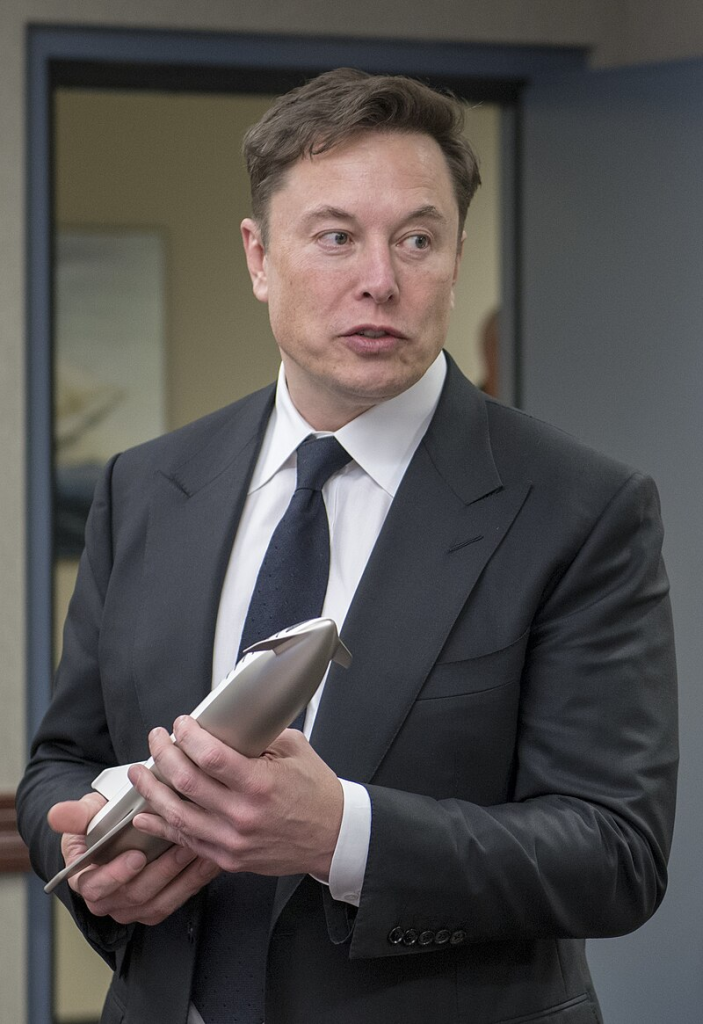
1. Elon Musk’s Starbase and Snailbrook
In May, 218 residents almost all of whom are SpaceX employees voted to officially annex Starbase, Texas, a 1.5-square-mile city at the state’s southern tip. The new city, cut out of the old Boca Chica Village, hosts the launch site for SpaceX’s Starship program. It lies along a public beach and protected wetlands, zones that are rich with cultural and spiritual meaning, local Indigenous groups like the Carrizo/Comecrudo Tribe argue.
The integration has escalated tensions. Critics such as Christopher Basaldú of the South Texas Environmental Justice Network say SpaceX has “stolen away not only a neighborhood but the land around it,” referencing discarded launch failure debris and limited beach access. Under the Federal Aviation Administration’s current allowance of up to 25 launches per year, Starbase’s environmental impact and its sway over regional infrastructure will increase.
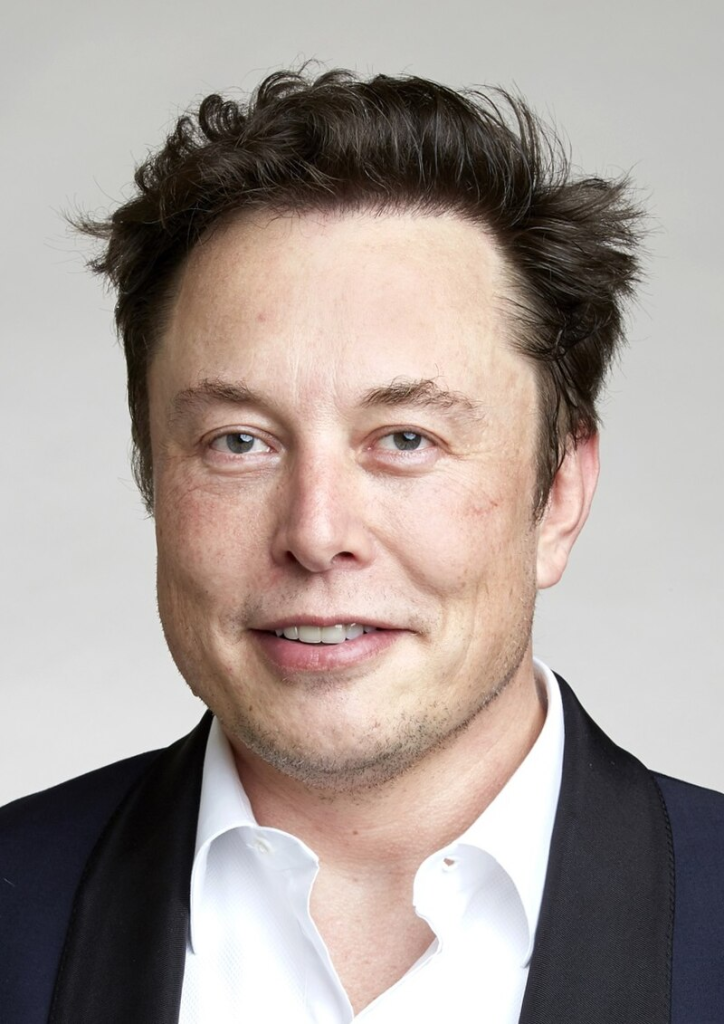
Musk’s second Texas undertaking, Snailbrook, outside Bastrop, is an unincorporated residential community, Montessori school, and location close to Tesla’s Gigafactory and a SpaceX Starlink manufacturing facility. Less remarked upon than Starbase, it shares the same impulse: the desire to produce autonomous hubs where corporate and civic space intermingle.
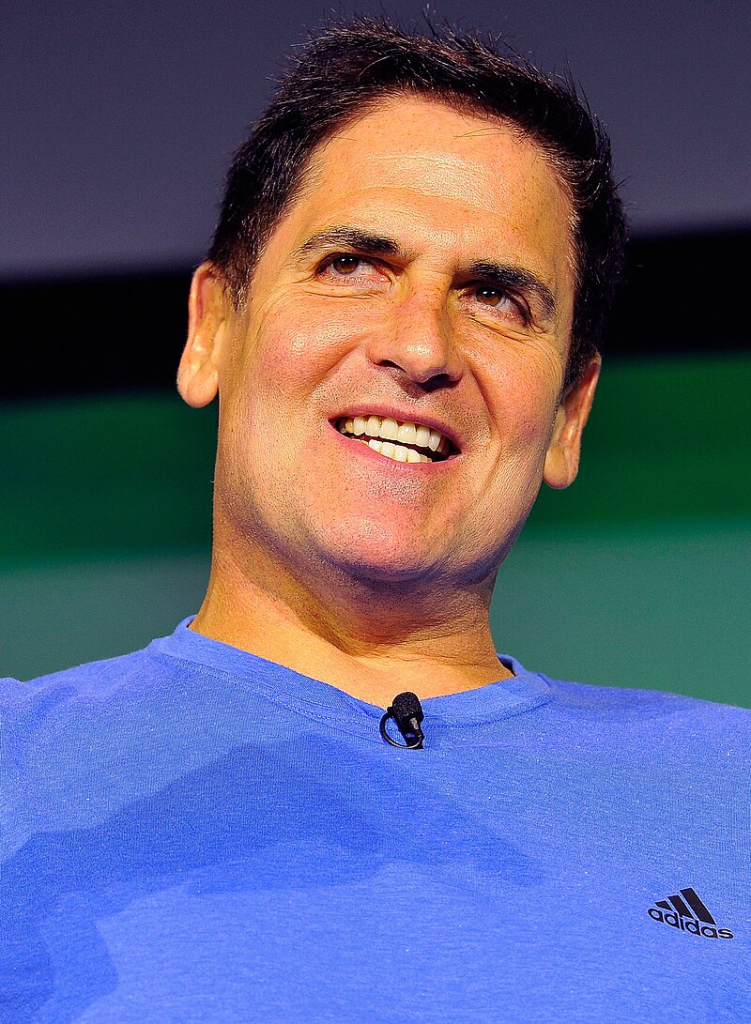
2. Mark Cuban’s Mustang, Texas
When Mark Cuban purchased Mustang, Texas, in 2021, he got a 77-acre town with only 23 people. Established in 1973 as a rare wet area in a dry county, Mustang once prospered on the sale of liquor. Now, Cuban reports having no short-term plans other than sprucing it up, saying, “It sits there until an idea hits me.”
The straightforward purchase is relatively small compared to other billionaire endeavors, but it highlights how even abandoned towns can be blank slates for developing the future. Regardless of whether Mustang is a personal getaway, an experiment in business, or left as is, it holds a spot on the increasingly expanding map of billionaire-held municipalities.
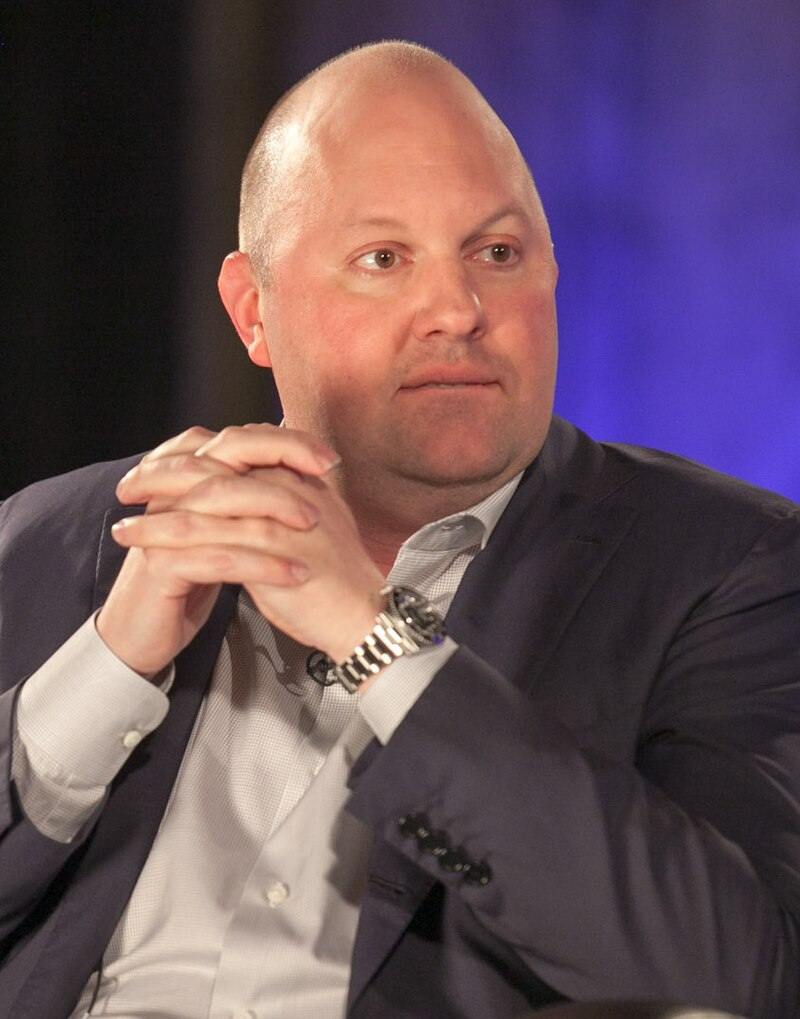
3. California Forever’s Solano Foundry
Financially supported by investors such as Marc Andreessen, Reid Hoffman, Laurene Powell Jobs, and Michael Moritz, California Forever has spent some $1 billion purchasing 60,000 acres in Solano County. Originally sold as a new walkable city to mitigate California’s housing crisis, the proposal was met with intense resistance from local leaders, green activists, and farmers who worry about water loss and loss of farmland.
Following the withdrawal of a ballot initiative to circumvent zoning regulations, the group turned to the Solano Foundry a 2,100-acre park for high-tech manufacturing that they assert could be the country’s largest. CEO Jan Sramek asserts that it will “restore” Silicon Valley’s traditional connection of R&D and manufacturing, with the potential to create 40,000 jobs. The new vision still sees 150,000 housing units, but its future will depend on how to overcome political opposition and win voter approval.
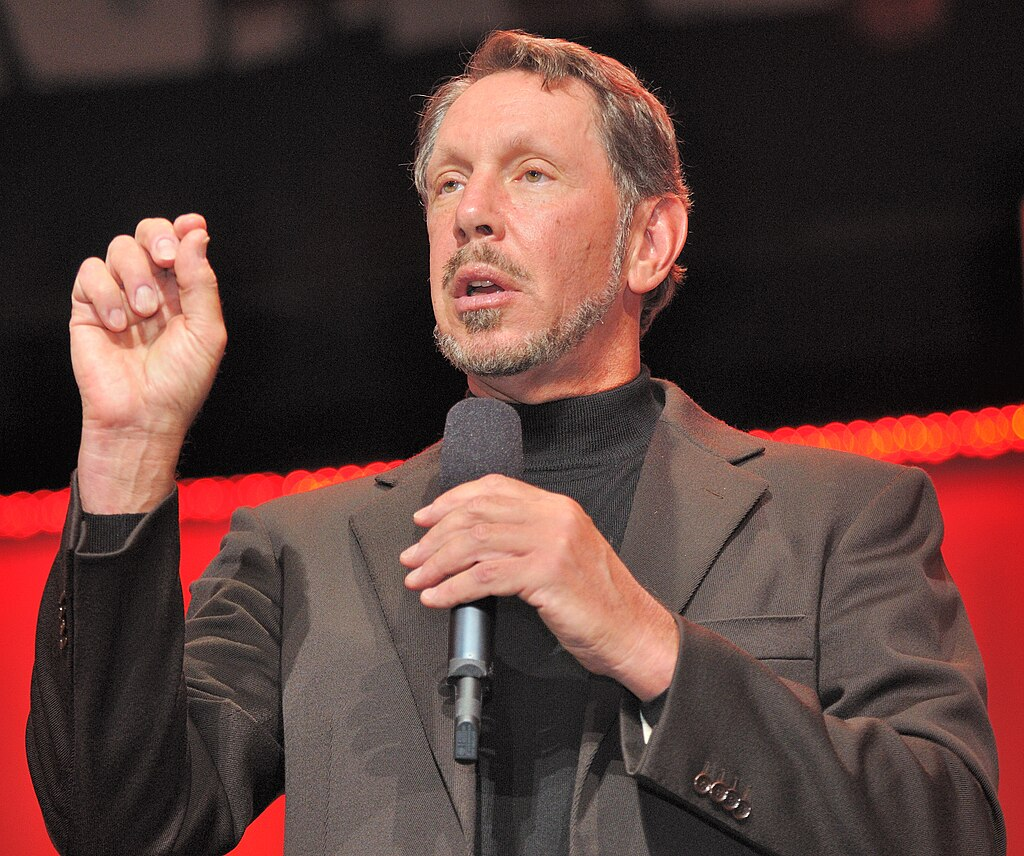
4. Larry Ellison’s Lanai Island
Oracle co-founder Larry Ellison bought 98% of Lanai, Hawaii, in 2012 for about $300 million. His properties consist of two Four Seasons resorts, the lion’s share of commercial property, and being landlord to the vast majority of the population. Lanai is now a luxury hideaway, with guests ranging from Elon Musk to Tom Cruise.
Ellison has invested in sustainable agriculture and renewable energy on the island, but his near-total ownership raises questions about the balance between private control and public interest in isolated communities. For Lanai’s 3,000 residents, the island’s future is inextricably tied to the vision and resources of a single individual.
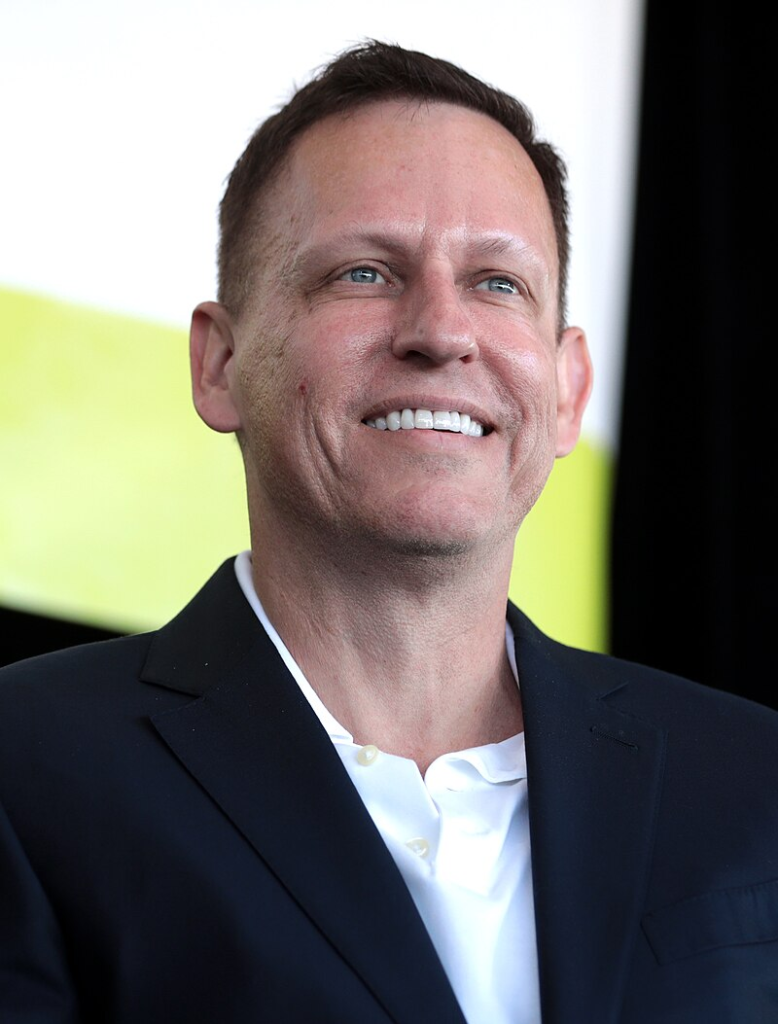
5. Peter Thiel’s Praxis Vision
PayPal co-founder Peter Thiel is one of the financiers behind Praxis, a planned “startup city” with a Libertarian ideal, light corporate regulation, and an emphasis on artificial intelligence and upstart technologies. Greenland has been tossed around as a possible location, although no land has been acquired and development is in the speculative phase.
The idea is a reflection of California Forever’s early ideals but with a more overtly ideological slant. If it succeeds, Praxis would put to the test how much private capital can do in designing governing institutions from scratch and whether these experiments are possible to live alongside national laws and ecological limitations.
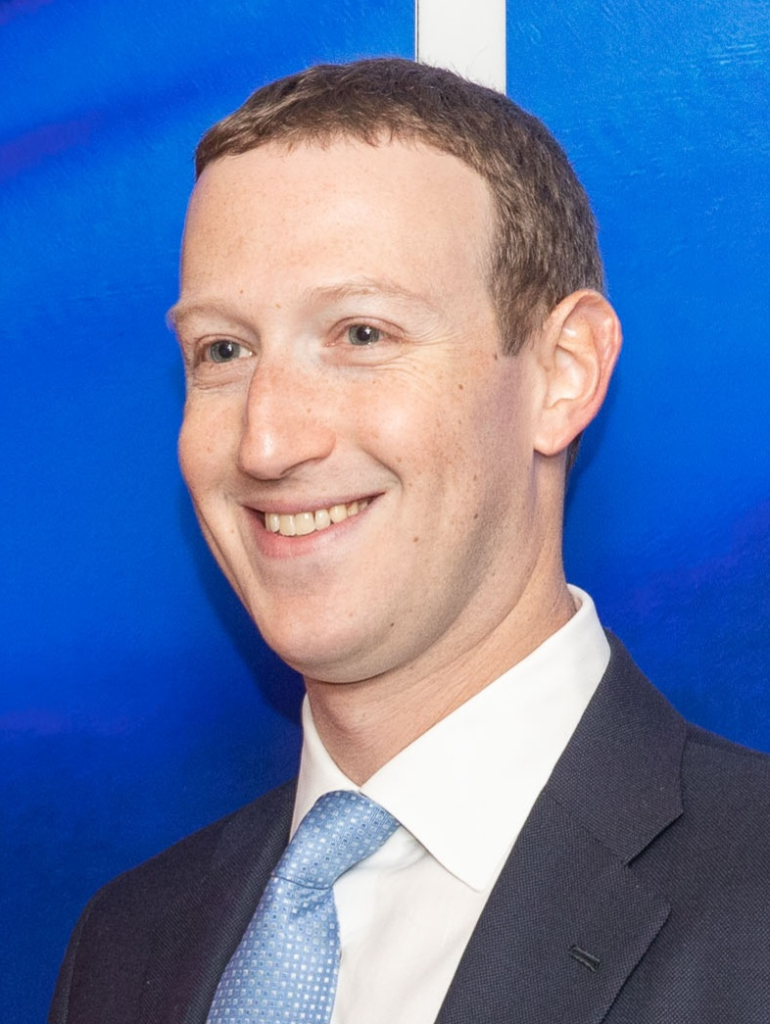
6. Mark Zuckerberg’s Ko’olau Ranch
On Kauai’s North Shore, Mark Zuckerberg is building one of the most secretive and expensive private compounds in the world. The 1,400-acre Ko‘olau Ranch will feature two mansions totaling 57,000 square feet, a network of treehouses, extensive agricultural operations, and a 5,000-square-foot underground shelter with a blast-resistant door. The project’s cost including land purchases exceeds $270 million.
Building is regulated by strict nondisclosure contracts, and security arrangements are equivalent to those of military bases. The neighbors have condemned the absence of public consultation and the effects on local traffic and beach access. Earlier lawsuits over ancestral property rights contributed to feelings of land colonization, although Zuckerberg has since contributed more than $20 million to local charities and collaborated with government officials on neighborhood projects.
Supporters cite the employment and donations that the project generates; critics view it as symbolic of the way money can transform and limit island living.
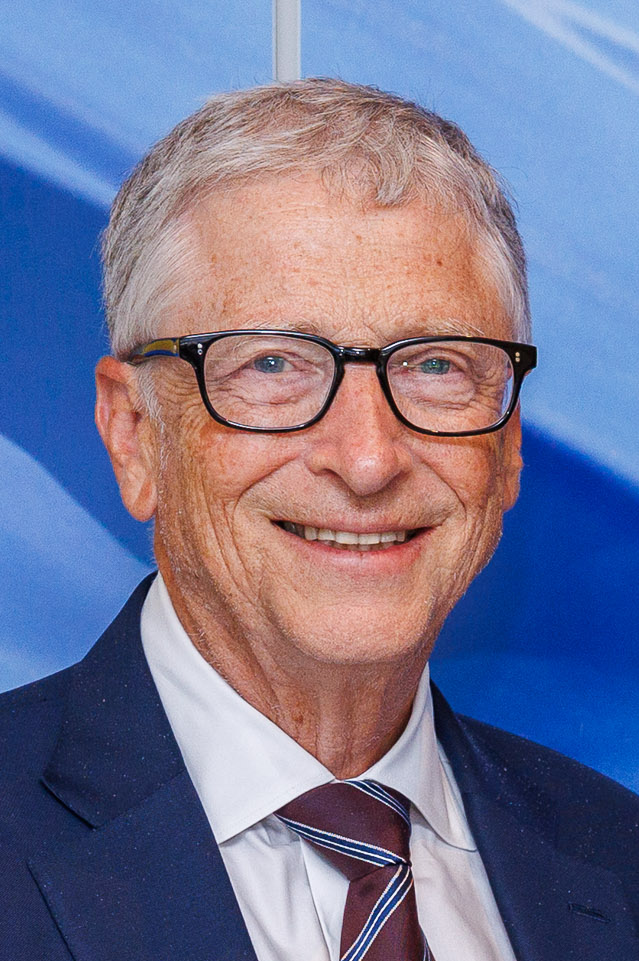
7. Bill Gates’s Belmont, Arizona
Thirty-four miles west of Phoenix, Bill Gates has suggested Belmont, a 234-square-mile “smart city” for 180,000 people. Renewable energy, self-driving vehicle infrastructure, high-speed digital connectivity, and 80,000 residential units are planned, along with schools, offices, and shops.
Arizona’s liberal laws regarding autonomous technology make it a tempting proving ground. But the project is still in the preliminary stages, with no timeline announced and uncertainties regarding obtaining a reliable water source in a state that’s already parched. Belmont’s destiny will hinge on whether its technological aspirations can prevail over ecological and logistical constraints.
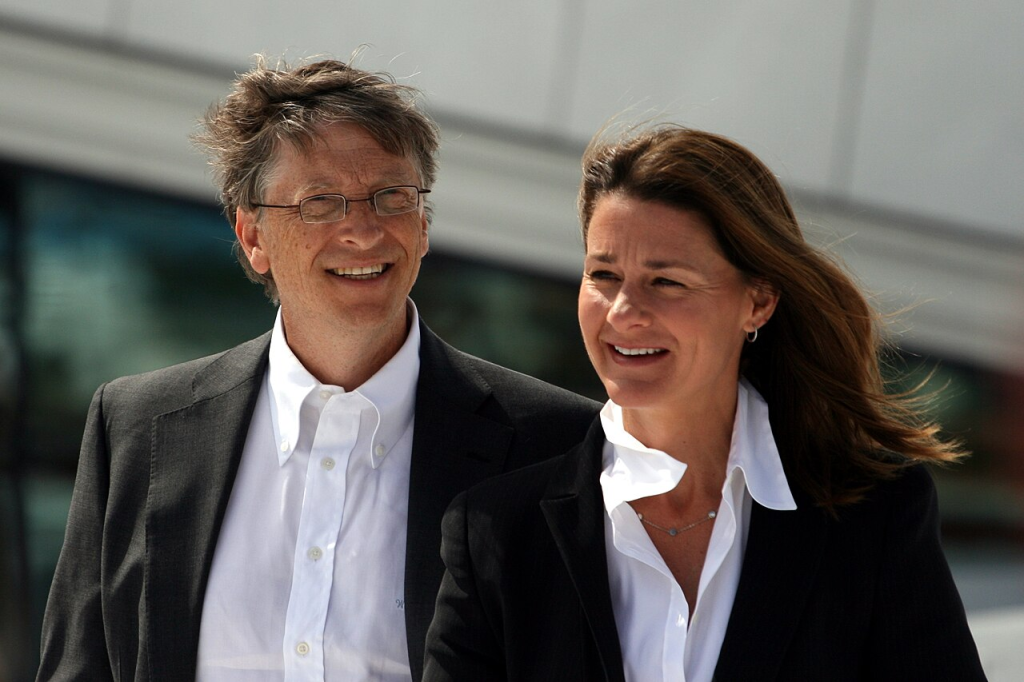
These projects come in varying degrees of size, secrecy, and completion, but all adhere to a unifying principle: the application of unprecedented wealth to build physical environments that manifest individual visions. Presented as drivers of innovation, shelters of privacy, or ideological tests, they blur traditional distinctions between private property and public life. As they evolve, they will test not only engineering and design limits but also the social contracts that govern how communities are built and who gets to belong.

